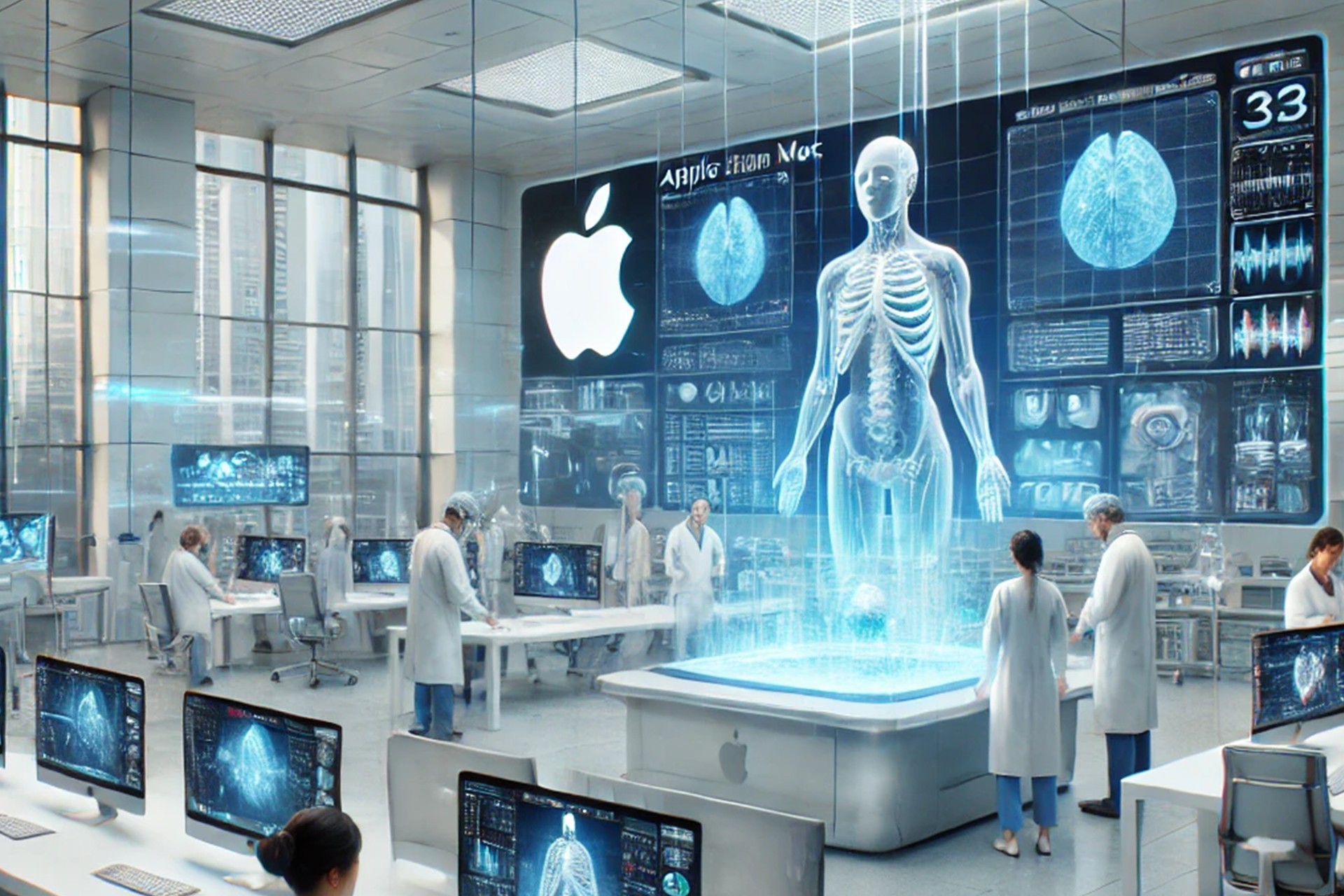

- 12 Dec, 2024
- Healthcare - IT
- 895
Related Blog
- 12 Dec 2024
- 912
- 0 Comment
Are We Missing Something?
March 23, 2010 was a prominent date for the HealthCare-IT (HIT)/HealthCare-Information System (HIS) world, that was the day ACA was signed and most of these rules and regulations started developing and along with that came the HealthCare-IT boom. Just because...
- 12 Dec 2024
- 1140
- 0 Comment
Maximizing Your Allscripts Investment - A Comprehensive Guide to EHR Optimization
Maximizing Your Allscripts Investment is now easier than ever! With our comprehensive guide, you can optimize your EHR and get the most out of your Allscripts investment. Learn the tips and tricks that will help you maximize your workflow and...
- 12 Dec 2024
- 780
- 0 Comment
How Apple Silicon Macs and Unreal Engine 5 are Transforming EHR and EMR
The healthcare industry is undergoing a revolution! Apple Silicon Macs and Unreal Engine 5 are revolutionizing Electronic Health Records (EHR) and Electronic Medical Records (EMR) systems. This powerful combination of technology is making it easier for healthcare providers to access...


